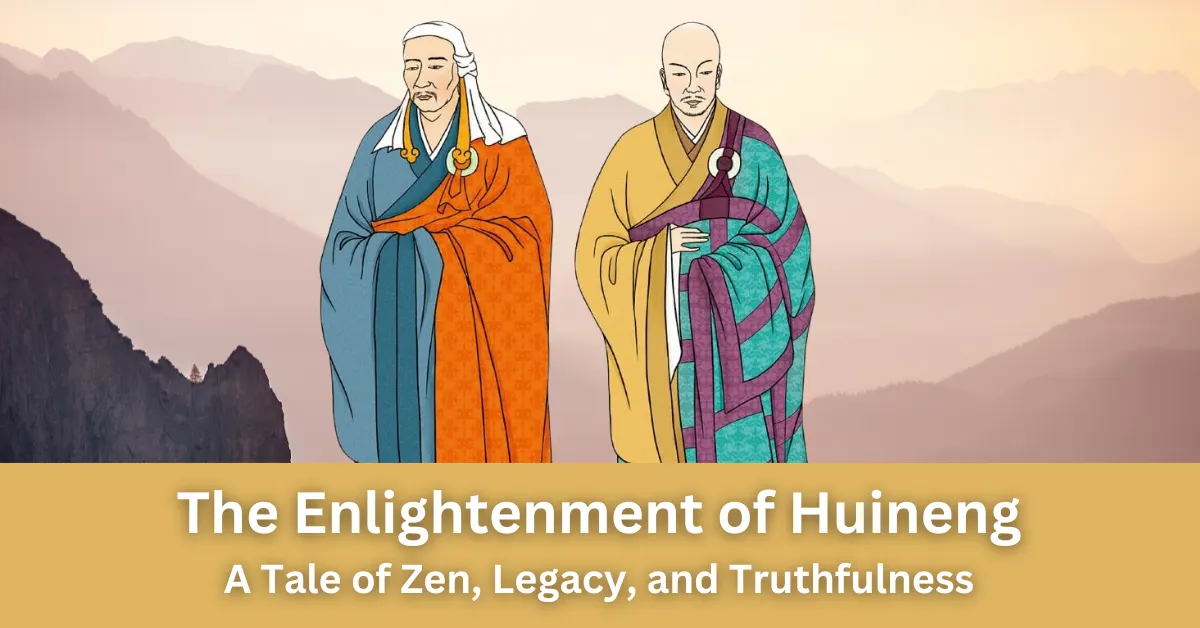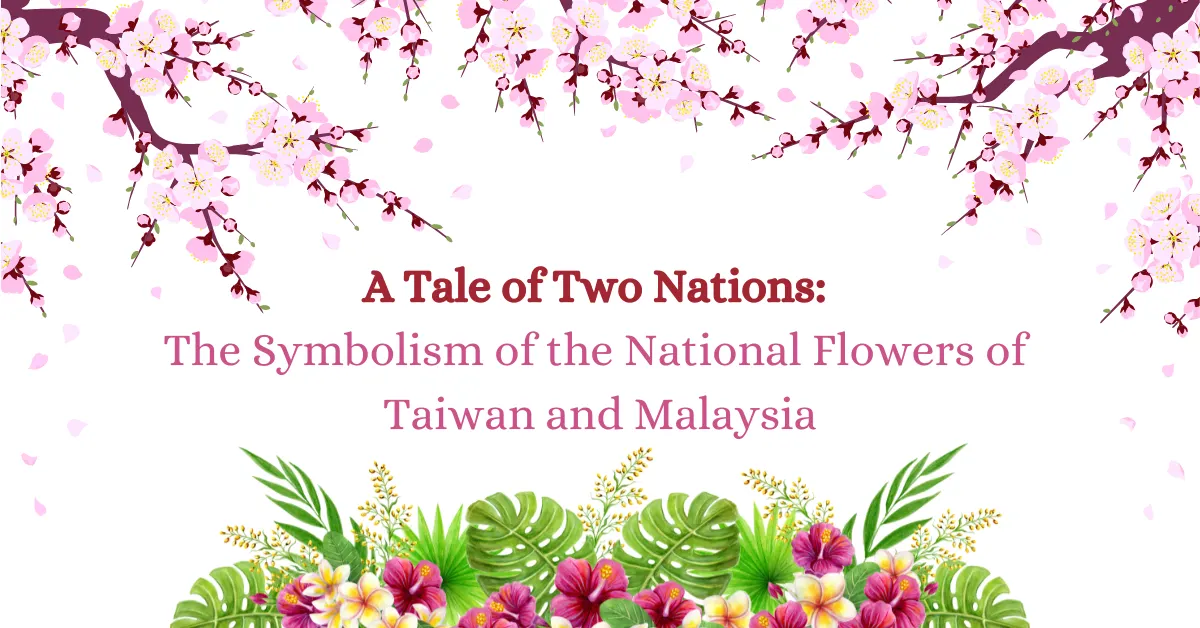A Lady’s Guide to Manchurian Etiquette
A Lady’s Guide to Manchurian Etiquette

You may remember the captivating Shen Yun dance where the ladies of the Manchurian court gracefully walked, spun, and leapt in their unique elevated “flower pot” shoes. While these shoes are remarkable, they represent just a fraction of what distinguished the ladies of the Manchurian Qing Dynasty (1644–1911). From their attire to their courtly manners, Manchurian women had their own distinct traditions and style.
Should you ever find yourself magically transported to the Qing Dynasty, here are six notable features to look out for:
1. Earrings
During the Qing Dynasty, ruled by the Manchurians—a minority ethnic group distinct from the majority Han Chinese—earrings were a clear indicator of cultural identity. Manchurian girls were given three ear piercings in each earlobe shortly after birth, a practice that became law during the dynasty. Women were required to wear three earrings per ear as a symbol of their heritage.
If you find yourself needing to identify a Manchurian lady, discreetly count her earrings. But remember: during that era, a woman’s ears were considered an intimate feature, so don’t stare too obviously!
2. Hair
Manchurian ladies were known for wearing their hair up in a distinct style. They used an iron or bamboo frame, often embroidered with floral and avian designs, to support their elaborate hairstyles. This hairstyle required a perfectly straight posture and limited neck movement, making it both a beauty statement and a posture aid.
Everyday women typically wore this elaborate hair frame only on special occasions, such as their wedding day. However, noblewomen, who were far removed from the demands of daily chores, wore these striking frames almost daily. These “princess-ladies,” or ge ge, are beautifully depicted in Shen Yun’s “Dance of the Manchurians.”
3. Marriage Traditions
One standout ritual of a traditional Manchurian wedding involved the groom shooting an arrow at the bride’s sedan chair—not to harm her, but to ward off evil spirits. Betrothal gifts were equally distinctive, often including bows, arrows, and armour—very different from the silks and treasures traditionally given in Han Chinese engagements.
4. Archery and Horseback Riding
Riding and archery were integral to the Manchu way of life, carrying over from their ancestors, the Jurchen people, who lived north of the Great Wall. Manchurian boys and girls alike were taught these skills, with many women excelling in both. In fact, mastery of riding and archery was considered a highly desirable trait in Manchurian women.
Even after leaving their nomadic lifestyle, the Manchurians preserved these traditions, reflecting their proud martial heritage.
5. Family Structure
In a traditional Manchurian family, elders held the highest status, as was customary. Surprisingly, the next in rank wasn’t the parents but the unmarried daughter. Young, unmarried women were granted significant freedom—they weren’t burdened with chores like feeding animals or doing dishes and could explore the town freely without a chaperone.
Once married, however, their role shifted dramatically. They were expected to serve their husband’s family until they had children, at which point they could enjoy some respite from daily labour.
6. Etiquette and Ceremony
Manchurian society placed great emphasis on ceremony and etiquette. Respect for elders was paramount. Regardless of status, all Manchus were required to rise early to greet their elders in the morning and wish them goodnight in the evening.
Every three days, a smaller ceremonial greeting would take place, while a grand ceremonial greeting was held every five days. Unlike the stiff bows typical in many cultures, these grand greetings involved hugs. Younger individuals would hug their elders with a specific hand placement, while elders would reciprocate with a different technique.
From their intricately adorned earrings to their poised posture, the Manchurian ladies of the Qing Dynasty combined elegance, skill, and ceremony in all they did. Their unique customs and grace continue to captivate modern audiences, whether through history books or Shen Yun performances.

For more inspirations and reflections on timeless elegance, explore Global Renaissance Collections.


















































